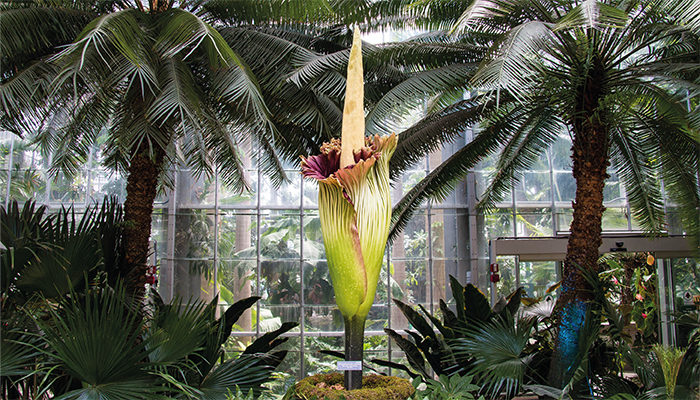Explore the latest breakthroughs in mass spectrometry, including a novel method for identifying tumor-specific neoepitopes, a GC-MS/MS workflow for detecting organochlorine pesticides, and advanced HPLC-Orbitrap MS techniques for screening new psychoactive substances

Credit: Adobe Stock
Chewing the Fat
In a recent study, researchers at the University of California, USA, used an experimental autoimmune encephalomyelitis (EAE) mouse model to explore why mice fed a high-fat, low-carbohydrate KD exhibit significantly lower disease severity than those on a standard diet.
The study identified Lactobacillus murinus, a gut bacterium enriched by βHB, as a key player in reducing T helper 17 (Th17) cell-mediated inflammation. The team used genome sequencing and mass spectrometry to verify L. murinus’ production of indole lactic acid (ILA). This metabolite is known to suppress Th17 cell activation, suggesting that βHB promotes neuroprotection indirectly by shaping microbial metabolites.
Our full news story on the study was published earlier this week, check it out to find out more!
The results from a multi-laboratory ocean metaproteomic intercomparison assessing the effects of LC-MS acquisition and data analysis procedures finds good reproducibility and software utility. Link
Highlights from the 68th Benzon Foundation Symposium focusing on bridging the gap from proteomics technology to clinical application include: spatial proteomics for disease mechanism studies, proteomics for clinical diagnostics, plasma proteomics for biomarker discovery, and AI for proteomic data acquisition. Link
Wines made from highly smoke-impacted grapes – determined by GC-MS and LC-QqQ-MS – have a smoky, barbeque, medicinal, and retro-nasal ashtray character. Link
Graham Cooks and colleagues use desorption electrospray ionization (DESI) tandem mass spectrometry to detect IDH mutation in glioma, “which might in future be used at the time of surgery to support decision-making on resection regions, especially at tumor margins.” Link
Black balls on Sydney beaches are likely the spawn of “fatbergs,” showing traces of human feces, methamphetamine, and PFAS according to NMR and mass spectrometry analyses. Link
Seer’s Proteograph Product Suite to be integrated with Thermo Fisher’s Orbitrap Astral mass spectrometers as part of a co-marketing and sales agreement. Link
Neither Fish nor Flesh
Until this week, I was not aware of the titan arum flower, commonly known as corpse flower – because its rare blooming scent is reminiscent of rotting flesh. This is despite having apparently seen one in the flesh – pun not intended – at London’s Kew gardens, which they say “attracts thousands of visitors hoping to experience the magnificent sight and disgusting stench.” Each to their own.
The corpse flower also draws the attention of curious scientists, interested in the genetic pathways and biological mechanisms that produce heat – unusual in plants – and the odorous chemicals. A Dartmouth-led study used RNA sequencing and mass spec to do just that. They identified a previously unrecognized component of the corpse flower’s odor: the appropriately named putrescine, derived from arginine.




